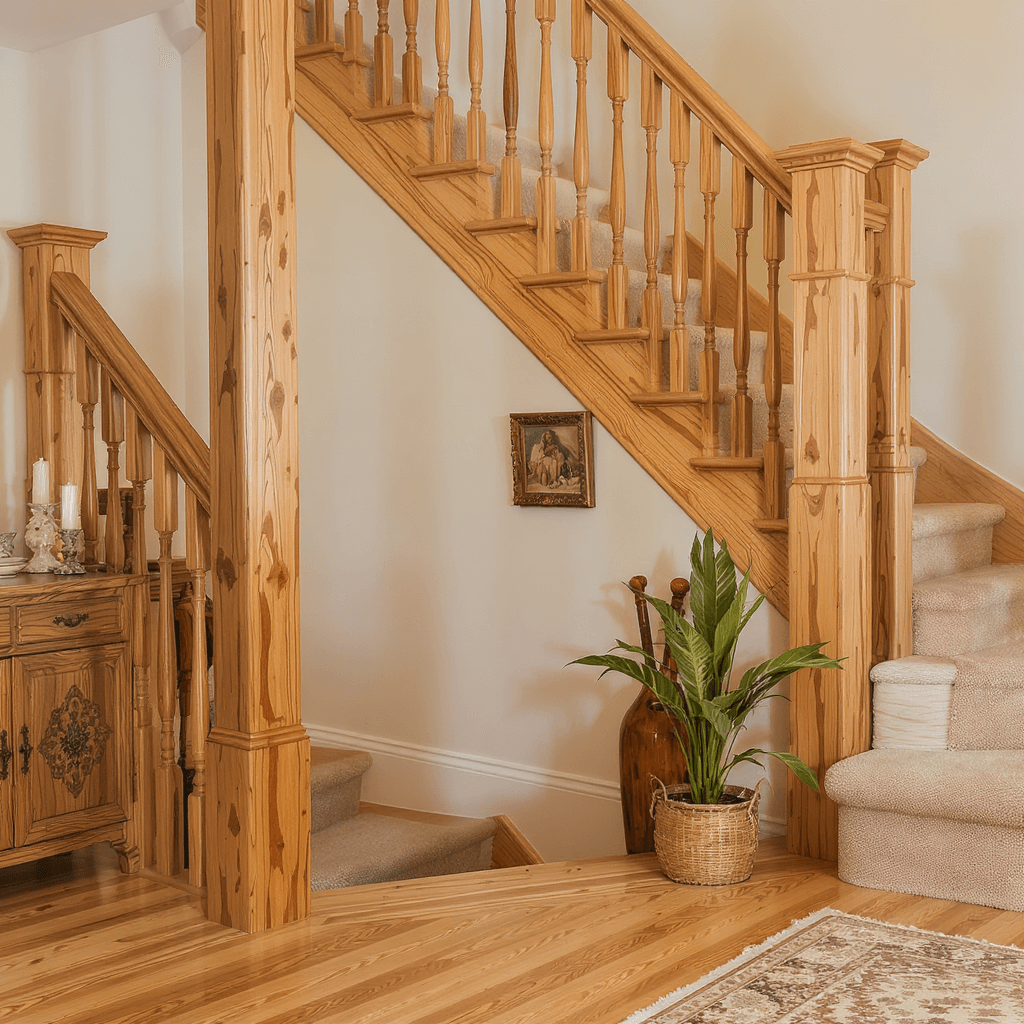When it comes to furnishing our homes or offices, one of the most important factors we consider is durability. After all, we want our investments to stand the test of time, withstanding daily use and the occasional accident. Two popular materials in the furniture world often find themselves pitted against each other: steel and wood. But which one truly offers superior durability? Let’s dive deep into the world of furniture materials and explore the strengths and weaknesses of both steel and wood.
FAQ — Steel vs. Wood Furniture Durability
Which material is generally more durable: steel or wood furniture?
Steel is typically more durable thanks to its strength, high weight capacity, and resistance to moisture, pests, and fire. Wood can also be long-lasting, especially hardwoods, but is more sensitive to impacts, humidity, and environmental changes.
What advantages make steel furniture a strong durability choice?
Steel offers excellent load-bearing capacity, resistance to warping and mold, very low maintenance, long lifespan, and non-combustible safety properties, making it ideal for high-traffic and outdoor environments.
Why might someone still choose wood furniture despite durability concerns?
Wood provides natural warmth, versatile design options, comfort, and easy repairability. It can also be a sustainable choice when sourced responsibly, and many people value its ability to age gracefully.
What factors most influence the durability of steel and wood furniture?
Material quality, construction methods, protective finishes, and environmental conditions all play key roles. High-grade steel, hardwoods, strong joints, and proper coatings significantly extend longevity for both materials.
The case for steel furniture
Strength and Resilience
Steel furniture is renowned for its incredible strength and resilience. This robust metal can withstand significant weight and pressure without bending or breaking. Whether it’s a heavy bookshelf laden with tomes or a dining table that sees daily use, steel furniture rarely disappoints when it comes to load-bearing capacity.
Resistance to Environmental Factors
One of the key advantages of steel furniture is its resistance to various environmental factors. Unlike wood, steel doesn’t absorb moisture, which means it’s less likely to warp, swell, or develop mold. This makes steel furniture an excellent choice for areas with high humidity or for outdoor use.
Low Maintenance
Steel furniture is relatively low maintenance. A simple wipe-down with a damp cloth is often all that’s needed to keep it clean. There’s no need for regular polishing or refinishing, which can be a significant time-saver over the years.
Longevity
When properly cared for, steel furniture can last for decades. Its resistance to wear and tear means that it often outlasts its wooden counterparts, especially in high-traffic areas or commercial settings.
Fire Resistance
In terms of safety, steel furniture has a clear advantage. It’s non-combustible, which means it doesn’t contribute to the spread of fire in case of an accident.
The appeal of wood furniture
Natural Beauty and Warmth
While steel furniture boasts impressive durability, wood furniture has its own unique charm. The natural grain patterns and warm tones of wood bring a sense of comfort and coziness to any space that steel often struggles to match.
Versatility in Design
Wood is incredibly versatile when it comes to design. It can be carved, shaped, and finished in countless ways, allowing for a wider range of styles and aesthetics. From rustic farmhouse to sleek modern designs, wood can adapt to any décor preference.
Ease of Repair
One significant advantage of wood furniture is its repairability. Scratches, dents, and even more severe damage can often be sanded out, filled, or refinished, restoring the piece to its former glory. This is not always possible with steel furniture, where damage may be permanent or require professional repair.
Comfort Factor
In terms of comfort, wood often has the upper hand. It doesn’t conduct heat or cold as readily as steel, making it more comfortable to touch in various temperatures. This is particularly noticeable with items like chairs or bed frames.
Sustainability
For environmentally conscious consumers, wood furniture can be a more sustainable choice, especially when sourced from responsibly managed forests. Wood is a renewable resource, and many furniture makers now offer pieces made from reclaimed or recycled wood.
Comparing durability: steel vs. wood

Impact Resistance
When it comes to withstanding impacts, steel generally outperforms wood. A steel table, for instance, is less likely to dent or chip if something heavy is dropped on it. Wood, while resilient, can be more prone to dents, scratches, and chips from impacts.
Weight Capacity
Steel furniture typically has a higher weight capacity than wood. This makes it an ideal choice for items like bookshelves, storage units, or tables that need to support heavy loads.
Resistance to Pests
One area where steel clearly trumps wood is in pest resistance. Wood can be susceptible to damage from termites, woodworms, and other wood-boring insects. Steel, on the other hand, is impervious to such pests.
Weather Resistance
For outdoor furniture, steel often proves more durable than wood. While both materials can be treated for outdoor use, steel is naturally more resistant to rain, sun, and temperature fluctuations. Wood, if not properly sealed and maintained, can rot, warp, or crack when exposed to the elements.
Long-term Appearance
Over time, both steel and wood furniture can show signs of aging, but in different ways. Steel may develop scratches or, in some cases, rust (although this is less common with modern protective coatings). Wood, on the other hand, often develops a patina that many find attractive. It can, however, also fade or darken with sun exposure.
Factors affecting durability
Quality of Materials
The durability of both steel and wood furniture is heavily dependent on the quality of the materials used. High-grade steel and hardwoods like oak or maple will naturally be more durable than lower quality alternatives.
Construction Methods
The way furniture is constructed plays a crucial role in its durability. Well-made joints, whether welded steel or dovetailed wood, contribute significantly to the longevity of a piece.
Finish and Treatment
For both steel and wood, the finish applied can greatly affect durability. Powder-coated steel and properly sealed wood are much more resistant to damage and wear than their untreated counterparts.
Usage and Environment
How and where furniture is used also impacts its durability. Even the most durable materials can suffer if subjected to harsh conditions or misuse.
Making the right choice
Ultimately, the choice between steel and wood furniture depends on various factors:
- Intended Use: Consider where and how the furniture will be used. High-traffic areas or outdoor spaces might benefit from steel’s durability, while living rooms or bedrooms might call for the warmth of wood.
- Aesthetic Preferences: Think about the overall look you’re trying to achieve. Steel lends itself well to modern, industrial styles, while wood can suit a wide range of décors.
- Maintenance Willingness: If you’re looking for low-maintenance options, steel might be the way to go. If you don’t mind a bit of upkeep for the sake of beauty and character, wood could be your best bet.
- Environmental Concerns: If sustainability is a priority, look for responsibly sourced wood or recycled steel options.
- Budget: Generally, high-quality pieces in both materials can be expensive, but there’s often more variety in price points with wood furniture.
Conclusion
In the battle of durability between steel and wood furniture, there’s no clear-cut winner. Both materials offer unique advantages and can be incredibly durable when well-made and properly cared for. Steel shines in its strength, resilience, and low maintenance requirements, making it ideal for high-use areas and outdoor settings. Wood, while perhaps not as indestructible, offers unparalleled beauty, comfort, and the ability to age gracefully with proper care.
The best choice depends on your specific needs, preferences, and the intended use of the furniture. By considering factors like usage, environment, aesthetic goals, and maintenance requirements, you can make an informed decision that balances durability with other important qualities. Whether you opt for the industrial chic of steel or the timeless elegance of wood, choosing high-quality pieces and caring for them properly will ensure that your furniture remains a cherished part of your space for years to come.

